What is the Difference Between Apexification and Apexogenesis?
Key Difference
Apexification and apexogenesis are both endodontic treatments used to address issues in the dental pulp of immature teeth, but they differ in their approach and objectives. Apexification is a procedure used to encourage the formation of a hard tissue barrier at the open apex of a tooth with a necrotic pulp.
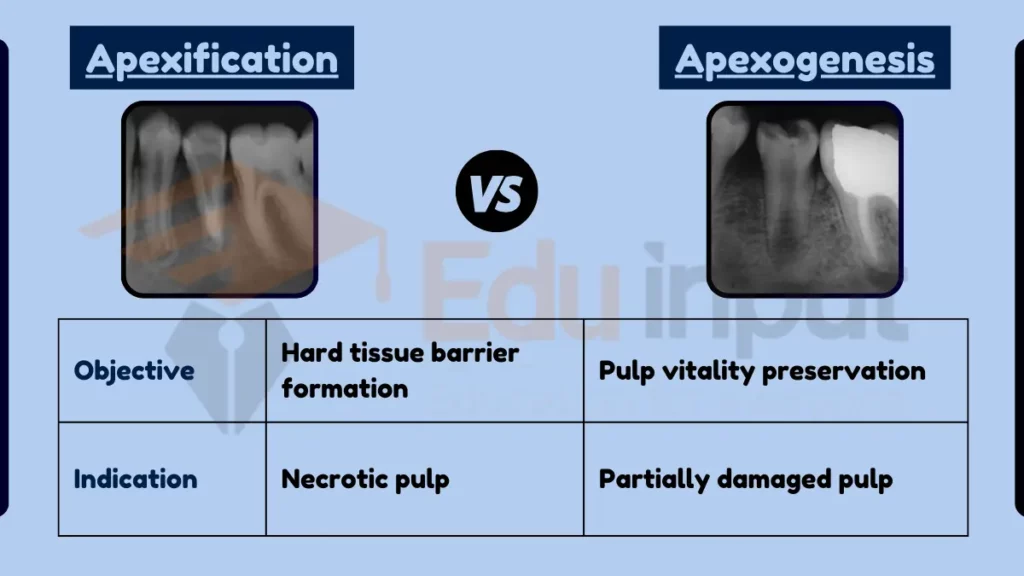
In contrast, apexogenesis is a treatment aimed at preserving the vitality of the pulp in a tooth with an open apex, allowing the root to continue development and the apex to close naturally.
Comparative Analysis
- Objective:
- Apexification: Creates a barrier in teeth with dead pulp.
- Apexogenesis: Maintains pulp vitality for natural root development.
- Indication:
- Apexification: Used when the pulp is necrotic.
- Apexogenesis: Applied in cases of partially damaged pulp.
Table Summary of Apexification vs Apexogenesis
| Feature | Apexification | Apexogenesis |
|---|---|---|
| Objective | Hard tissue barrier formation | Pulp vitality preservation |
| Indication | Necrotic pulp | Partially damaged pulp |
Apexification and apexogenesis are tailored to the specific needs of immature teeth, either to form a new barrier in cases of necrosis or to encourage natural development when the pulp is salvageable.

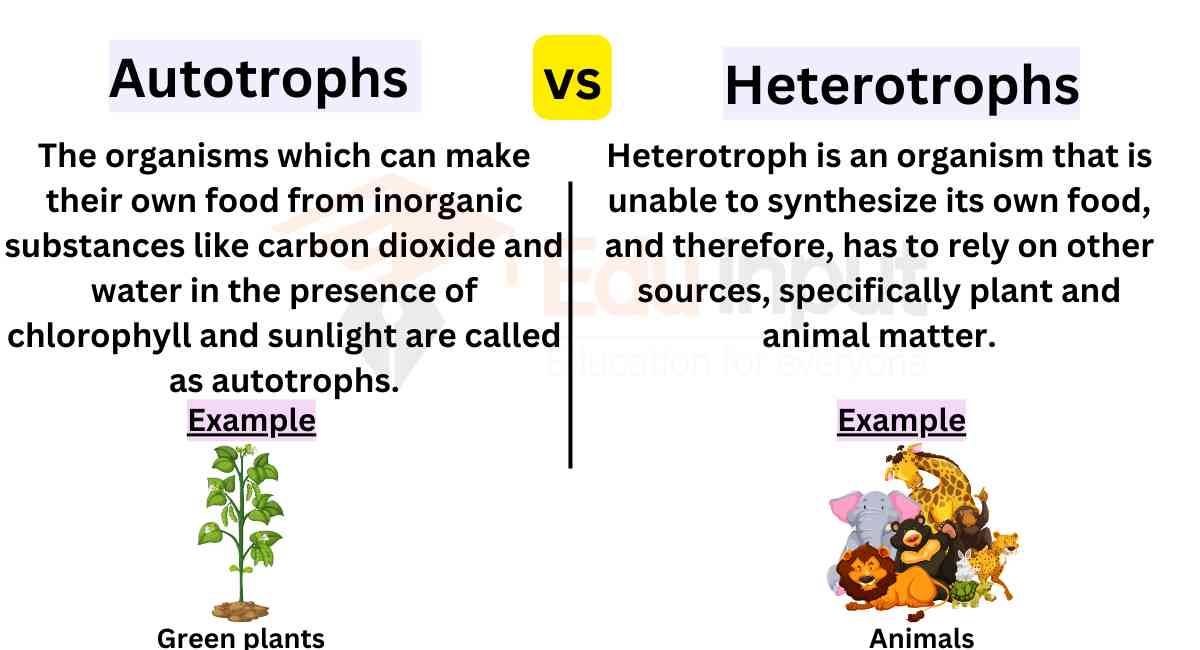
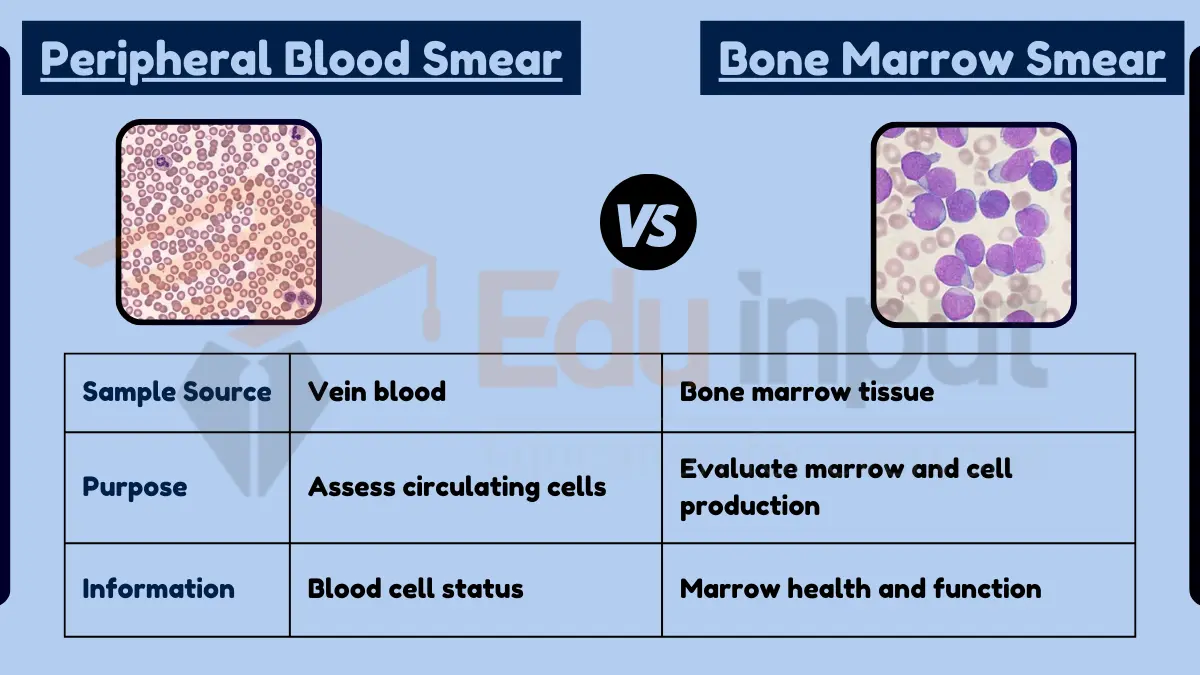
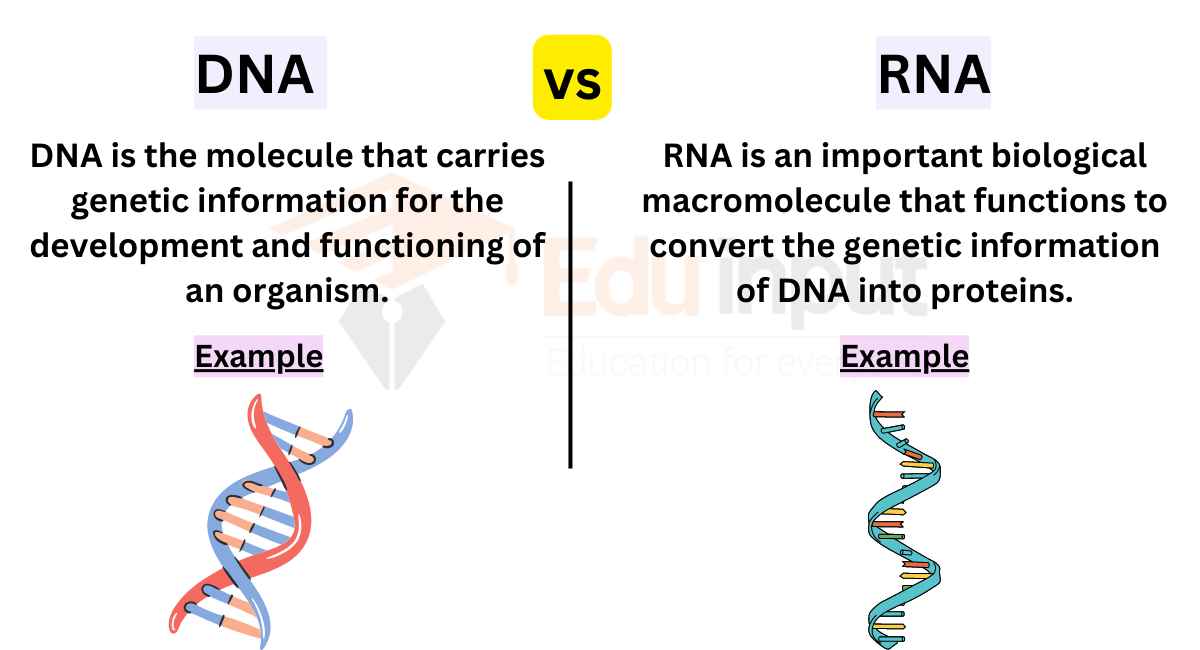
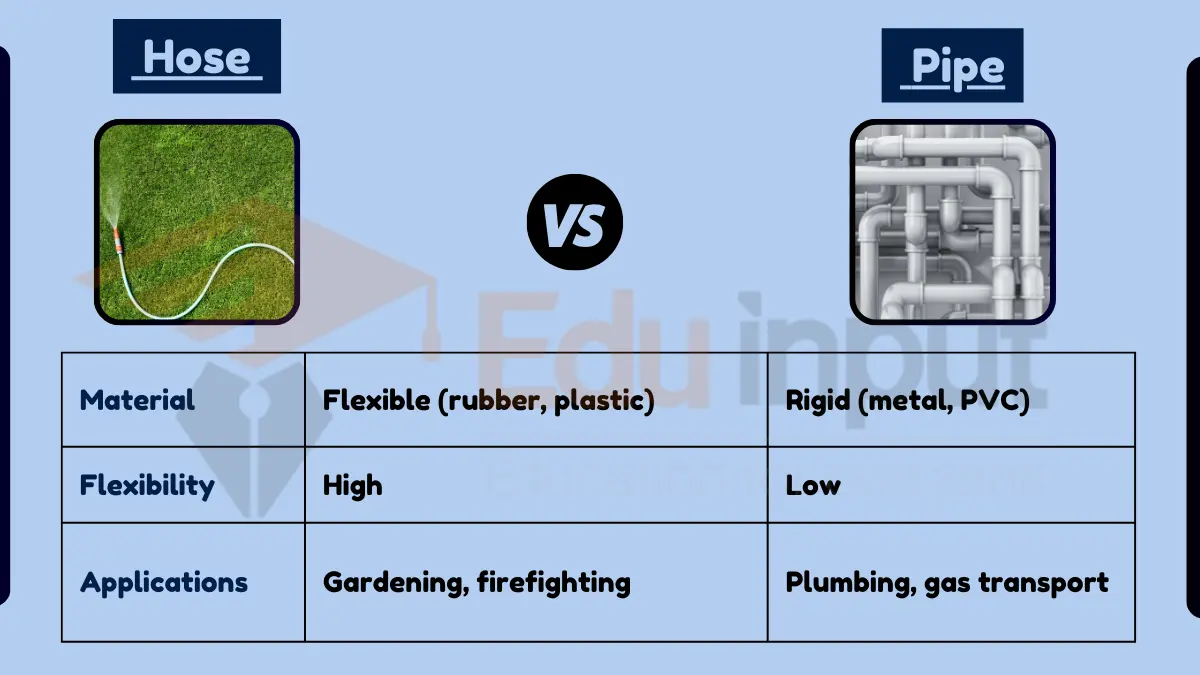


Leave a Reply